Find Out If You Can Grow Succulents Outside In Your State – You Might Be Surprised
Succulents are stunning plants, but they're not suited for growing outside year-round in many states. Especially if you live in a four-season climate, you might not think you can grow succulents outside as perennials. While many people think of succulents as beautiful house plants, they don't realize they can be grown outside year-round in many parts of the United States. Not every succulent is suited for outdoor growing in every state so here's a list of states and some of the succulents you can expect to grow outside year round there.
Check Your Growing Zone
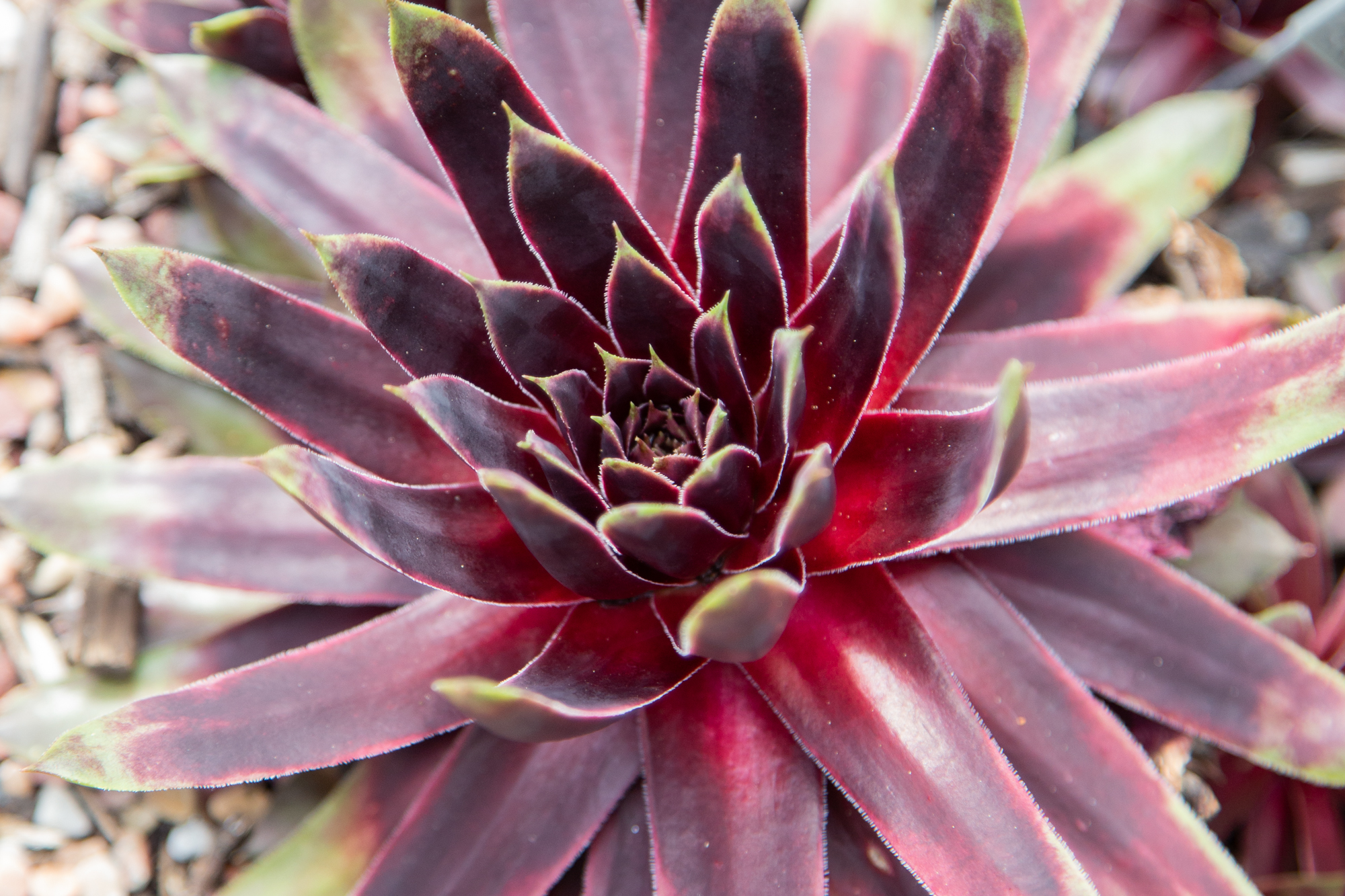
Some states are so large that the growing zones vary significantly throughout the state. Growing zones refer to the lowest temperatures you're likely to encounter. For example, in a Zone 9 climate, you can expect temperatures to get no lower than 20°F.
Many succulents are rated for a Zone 9 and can't grow in colder temperatures (Zones 8 and below). However, there are a number of succulents that can grow in cold Zones 4 and 5. Be sure to find out what growing zone you live in and get plants that can tolerate those temperatures.
And of course, see if your state is listed here and find out what succulents can work outdoors for you.
New Hampshire
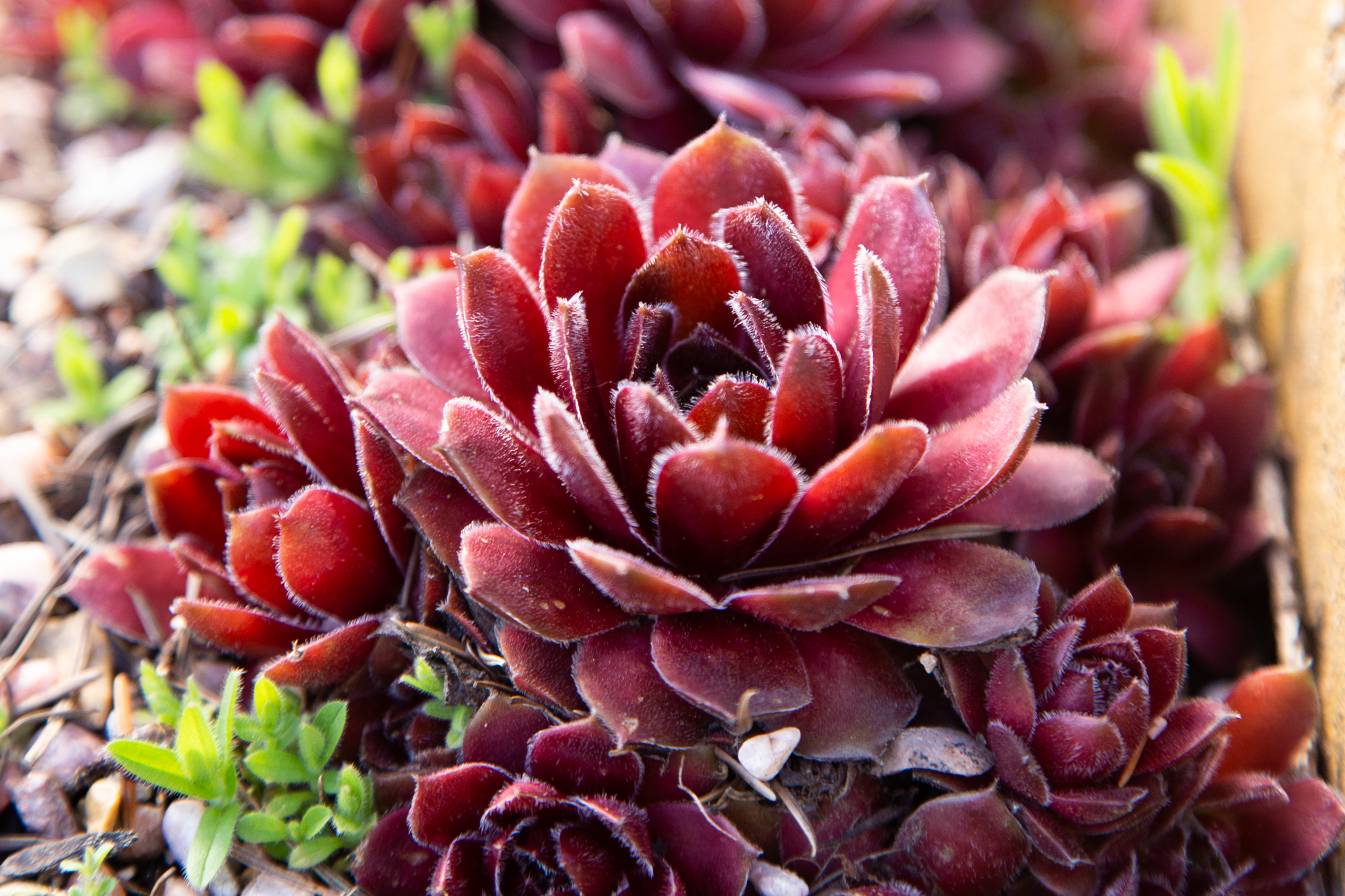
NH | Zone 5
Jenn T. in New Hampshire is also loving Sempervivums. "Sleeps happily under the snow all winter and I just put them under the roof overhang if it’s raining too much (the smaller ones in pots) if they are in the ground then it’s survival of the fittest!"
Ohio
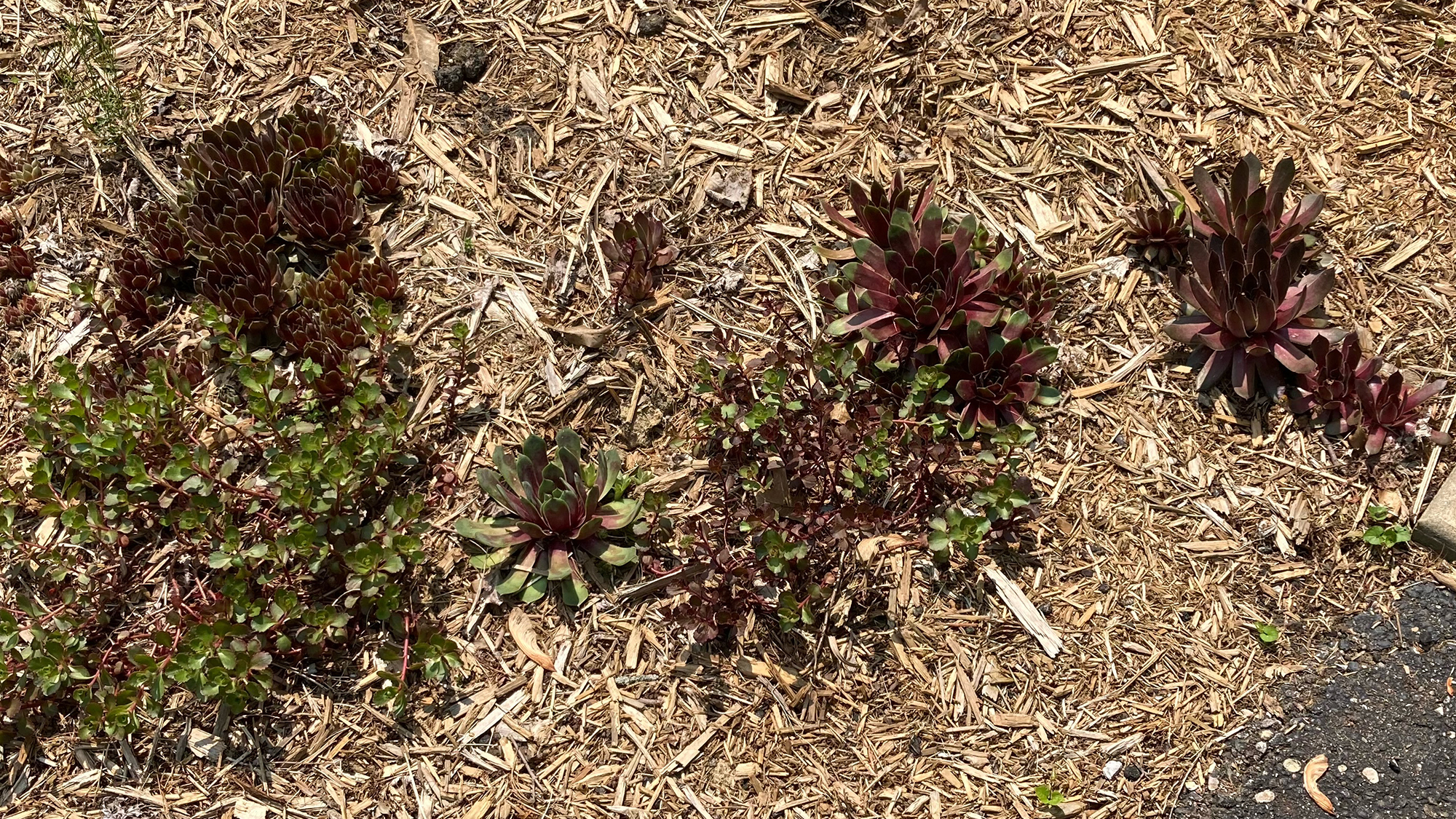
Burton, OH | Zone 6
A reader shared that she's had success growing Sempervivums outside though they do best in the ground rather than in pots. But she's had a prickly pear cactus in a pot for 7 years! It flowered last year too.
Allison (whose photo is featured above) has a large collection of Sempervivum and Sedum in her yard. Here's her experience:
"Hens and chicks are well known around here to totally thrive in this environment. Some of the hens and chicks we have planted in the bed shown in the photo are from my Grama, who passed away in 2013 and these little hens and chicks are still going strong. There are also numerous varieties of sedum that you find at garden centers that do very well here as ground cover. We planted this sedum last summer and it has done very well and is really taking off this spring.
"As a side note, I also have an Eastern Prickly Pear Cactus (Opuntia humifusa), that I bought two years ago and have kept in a pot with some other succulents. Because the plants it is with are not cold-hardy, I have brought it inside for the past two winters, but it really has not changed much since we got it - same size, same number of paddles, etc. I learned this winter, though, that this variety *needs* to be outside for the winter in order to trigger it to grow.
"Like other prickly pear varieties, they can be rather prolific, so I wasn't sure why mine wasn't getting bigger or forming new growth. Turns out, bringing it in out of the cold stops its growth cycling, so I am planning to get it planted in the ground this spring and hopefully it will be much happier."
Pennsylvania
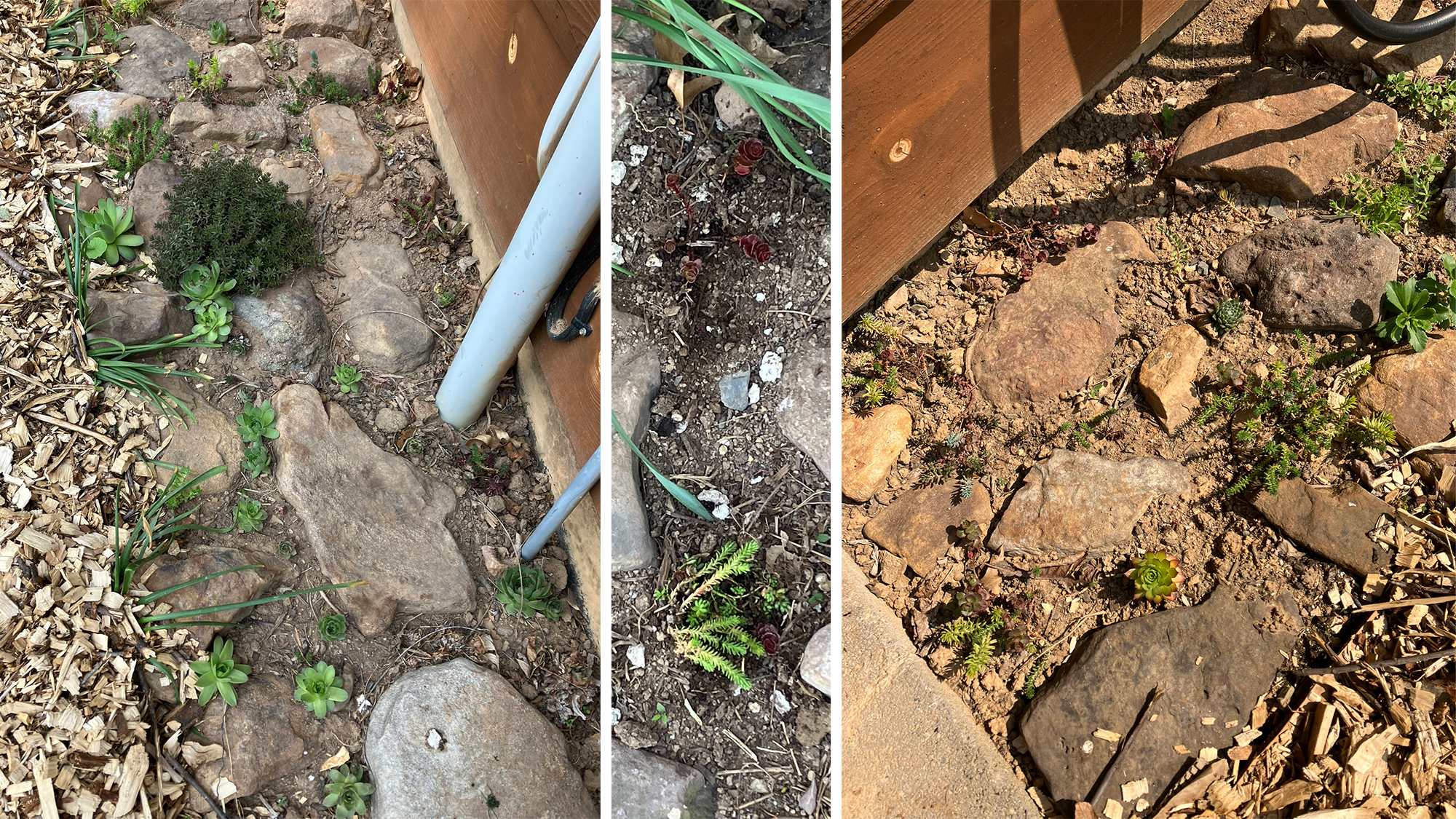
Landisburg, PA | Zone 6b
Succulent grower Carol C. shared the following: "I was having trouble getting anything to grow well along the house: hot and dry as we have deeper than normal overhangs. And the neighbor's chickens loved that soil because it is so dry and light.
"I decided to put rocks in the really bad spaces and then decided to plant hardy Sedum along with various varieties of Sempervivum/Hens and Chicks. I planted them about a month ago. They are all thriving. I am hoping they will fill in between the rocks quickly."
Connecticut
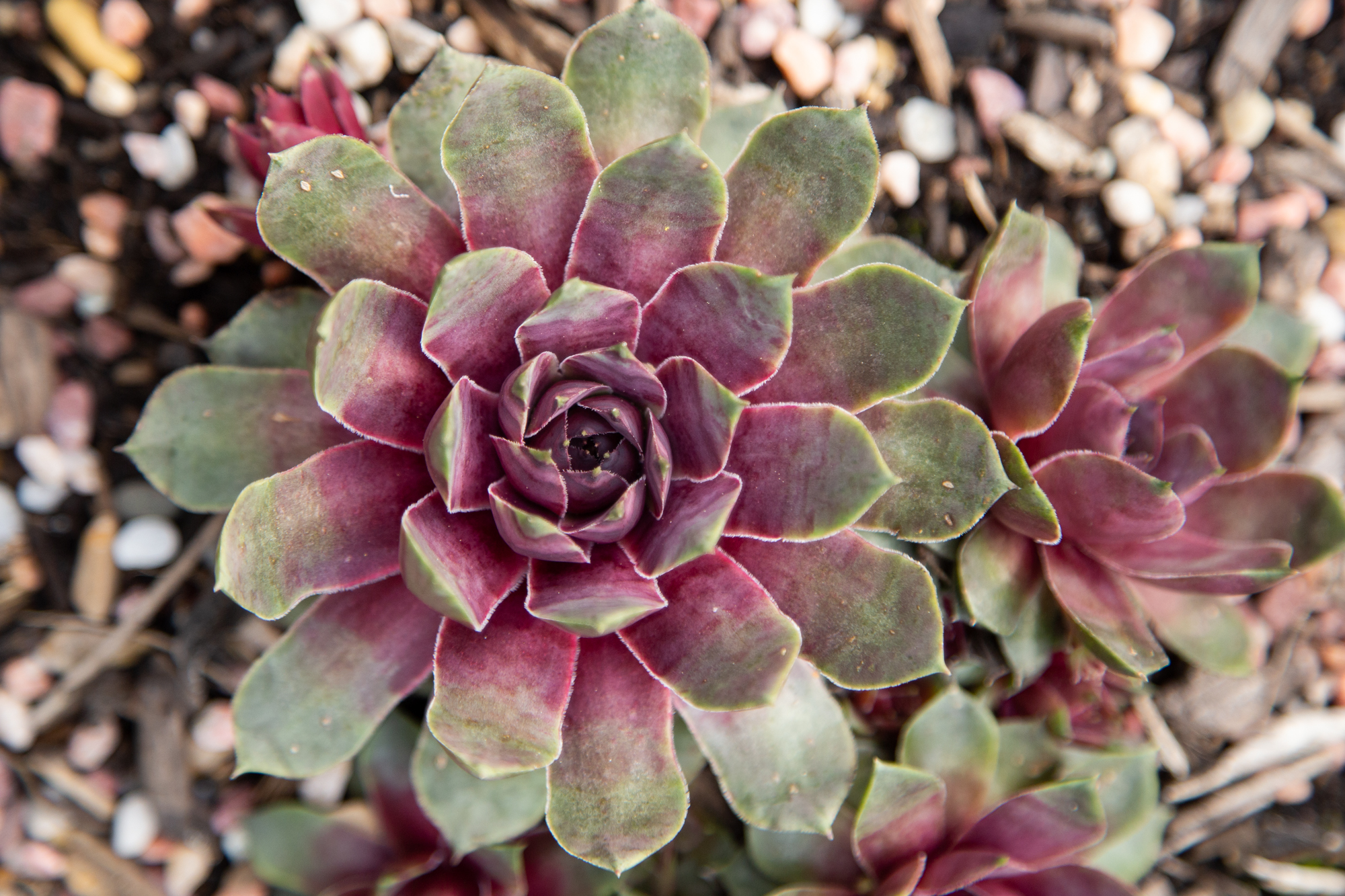
CT | Zone 5
Janice is growing Sempervivum "Hens and Chicks" in Connecticut and told us, "My hens and chickens survived the winter and are doing beautifully. They are sending out many sprouts."
We love how many baby succulents Sempervivums put off too! Propagating succulents is a great way to get more plants from the ones you already have or share and swap with a neighbor.
New York
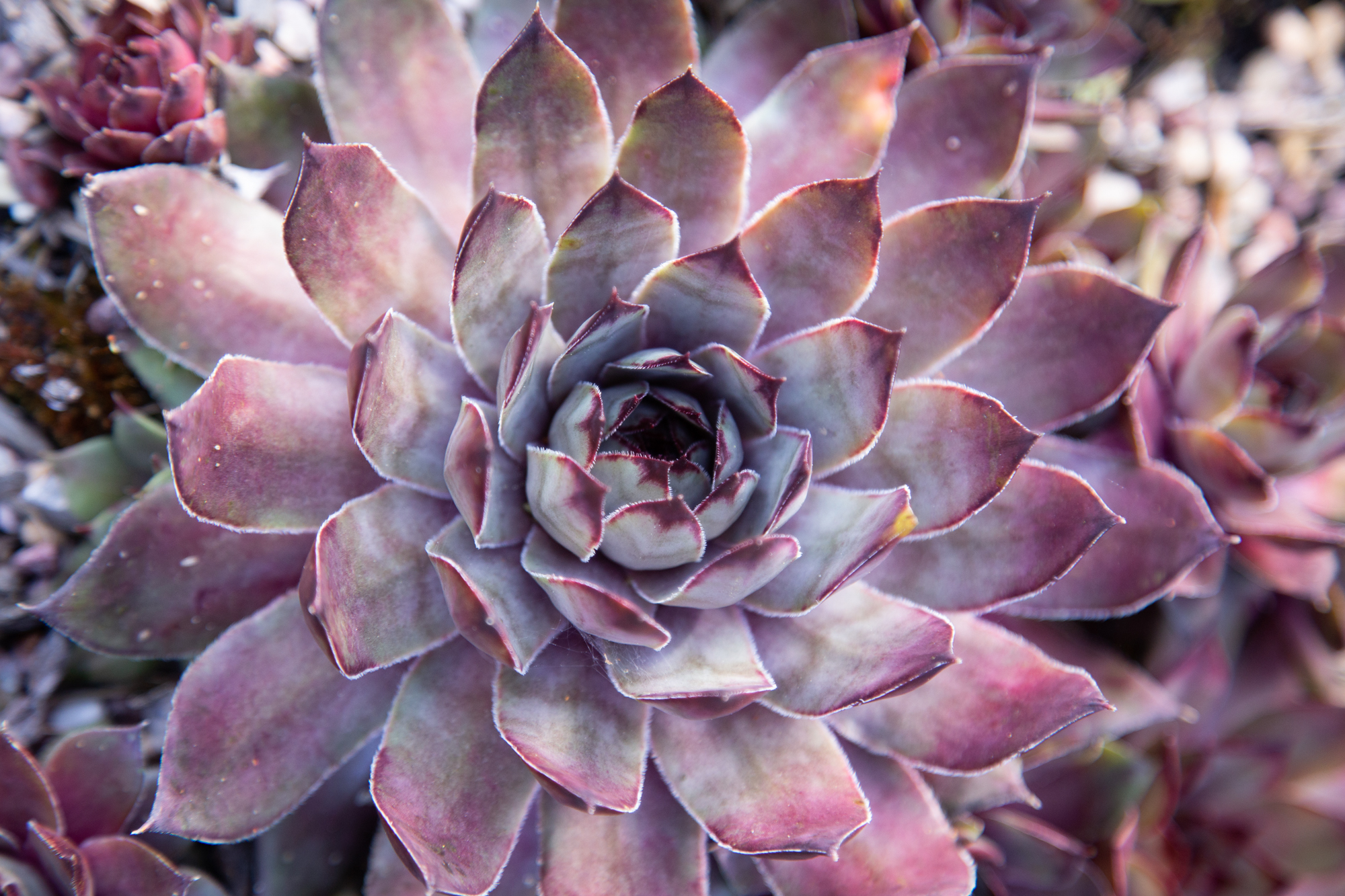
Syracuse, NY | Zone 5
Robert G. is growing many succulents in New York on his back porch which is enclosed in the summer and brings them inside during the winter. However, he is also growing Sempervivums (also called "hens and chicks") outdoors in the ground all year long. Some of these rosette succulents are hardy down to Zones 3 and 4 though they'll typically survive best if planted in the ground rather than in pots.
Nevada
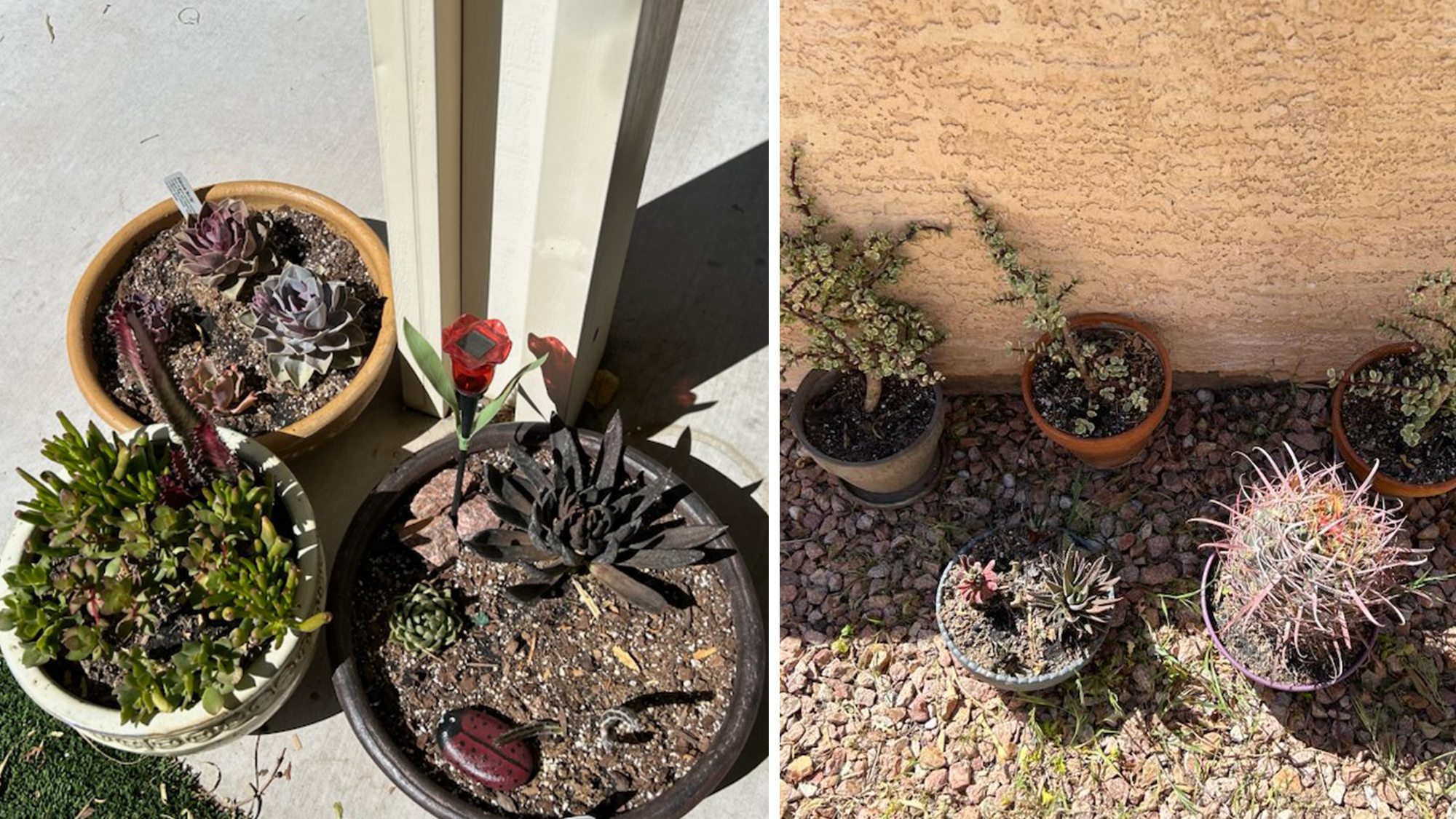
Las Vegas, NV | Zone 9a
Succulent grower Stacy B. shared that she's growing the following plants:
"All kinds! Barrel cactus, Jade, Elephant Foot, Echeveria, Snake Plants, and Zebra plants are growing like crazy, Senecio, Sempervivum, Mother of Thousands, Flapjack, Crassula mesembryanthemoides (I think) grows babies the fastest.
"My main problem is overwatering (go figure!). There were a total of maybe 7 nights over the winter that got pretty low in the 30s. Since I'm relatively new at keeping plants alive, I actually hauled them all in. I probably could have just covered them, but I wanted all my babies in. They're all in planters since we're renting."
Each of these plants can tolerate the low temperatures in Las Vegas, but sometimes potted plants need a bit more protection from the cold. Bringing them in, as Stacy did, will work, or you can also move them up against the house or cover them with blankets or frost cloth.
Colorado
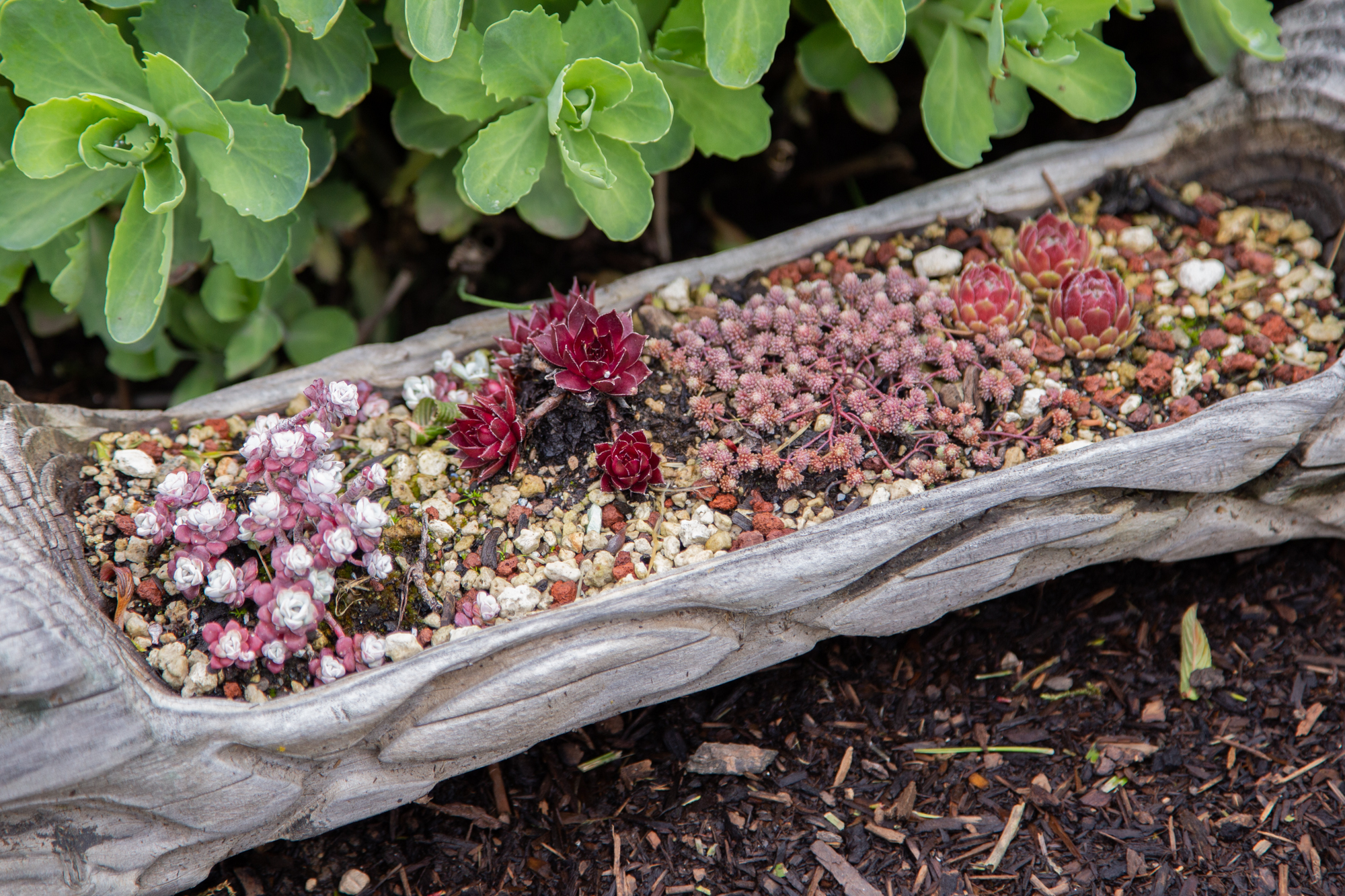
Eagle, CO | Zone 5a
Colorado resident Mary B. told us, "My Sempervivum are outside all year round, I also have a rock wall with Sedums and other succulents planted. My indoor succulents went outside in May for the summer on a large display table. They will come back in next September or October depending on the weather."
West Virginia

Wheeling, WV | Zone 6b
In West Virginia, succulent grower Karen G. says, "I leave [my hens and chicks] outside where they get rain or snow and in a pot that won't freeze and break. They come back every year."
This is one of the most impressive sights to see too. Even after being under a layer of ice and snow, Sempervivums will come back year after year with impressive colors and lots of new growth.
In another area of the state, Elizabeth J. (whose images are featured above) said, "The Sedum Stonecrop was on our property when we moved in, but it’s taking over under an outdoor staircase and near one of my mini rose bushes. I got two varieties of Hens and Chicks from my neighbor. I have already divided them once and need to move the main rosettes into the ground."
Randi R. shared, "I have had Sedum outside for several years. I have had a particular one for maybe 10 years. They die off in winter but have always come back in the spring. Sempervivum don't love me but they are surviving and growing. Echeverias and aeoniums I bring outside for the summer."
Louisiana
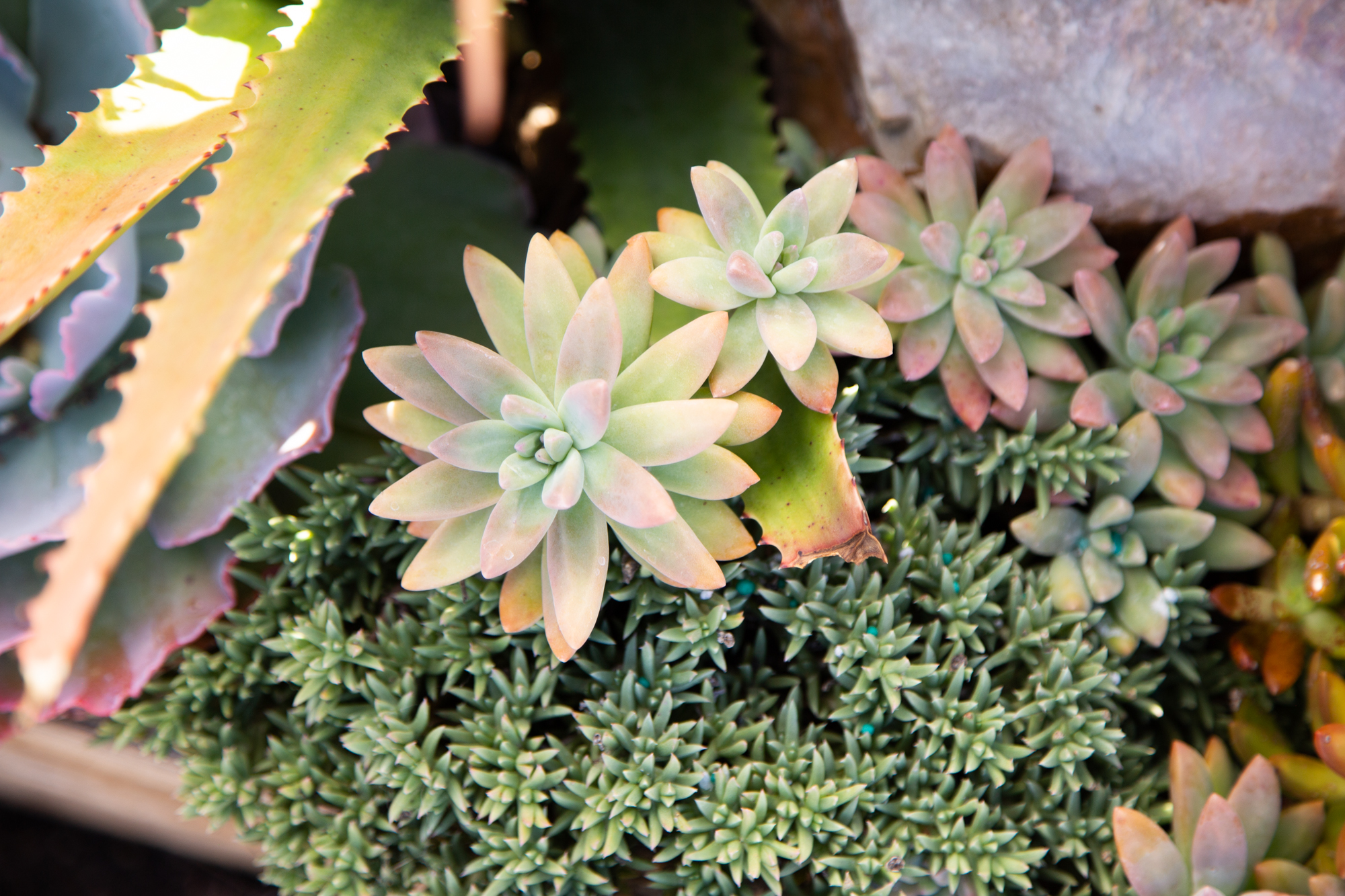
Gretna, LA | Zone 9
In Louisiana, Rhonda S. is growing a lot of succulents. She says, "I try to stick with succulents in [Zone 9] so I don't have to bring them in for the winter. Although I do have some from Zone 10 that winterize indoors. I have probably close to 100 potted succulents and cactus so names are hard to come by.
"My outdoor plants are under my carport and I put up a plastic cover to catch rain since we have a real rainy season during the summer. I am moving some of my plants that need full sun to the backyard and am planning on building a rain guard for them as well. Then I have a bright sunny porch where I keep the ones that don't want to be outside like my holiday cactus, String of Pearls, and Dolphins. My new favorite is the cactus."
Oregon

Zone 8 | Zone 5
Karen R. said the following about growing her Kalanchoe pictured above in a Zone 8 climate: "This plant has been in my garden for 5-10 years and can handle temperatures from 30-116! We’ve had the strangest weather and I’ve lost a lot of plants, but this one is still going!"
In another area of Oregon, a Zone 5, Deanna M. says the following about growing Sempervivum: "Thank goodness they are tough, mine have been growing in a planter for 4 years. Absolutely in need of being transplanted and thinned out."
North Carolina
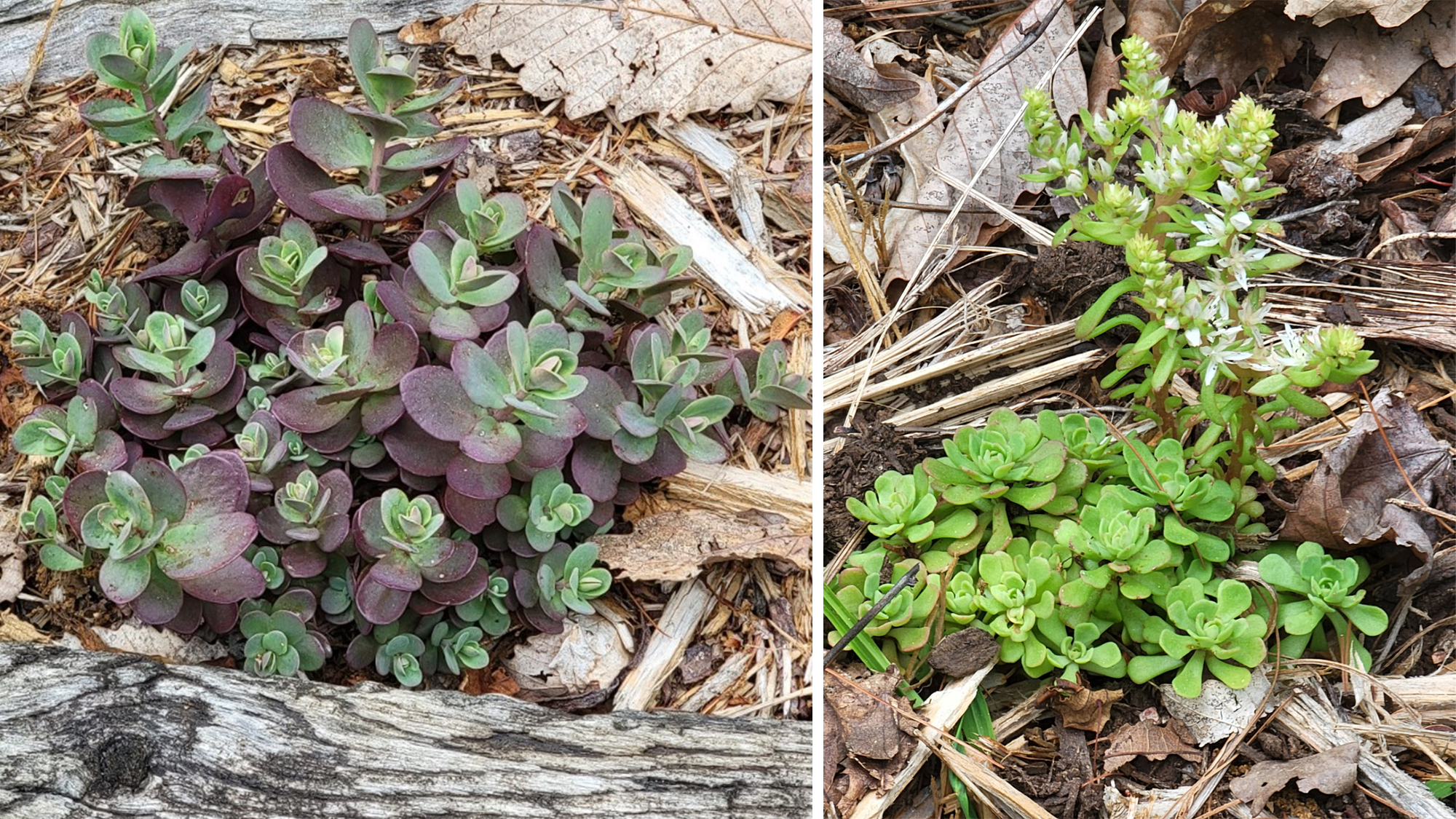
Youngsville, NC | Zone 7
On the East Coast, Kay let us know she's successfully growing Sempervivum outside. She said, "Nothing to say. They take care of themselves. Love the babies they kick out!"
And featured in the photos above, Yvonne F shares: "I really wanted the Tricolor Sedum to thrive on this log but it doesn't seem to be interested. The Sempervivum 'Hedgehog' around the log are coming along nicely, spreading a bit each season. The purple/red is the Sedum 'Suncatcher," and the Woodland Stonecrop is even blooming!"
Arizona
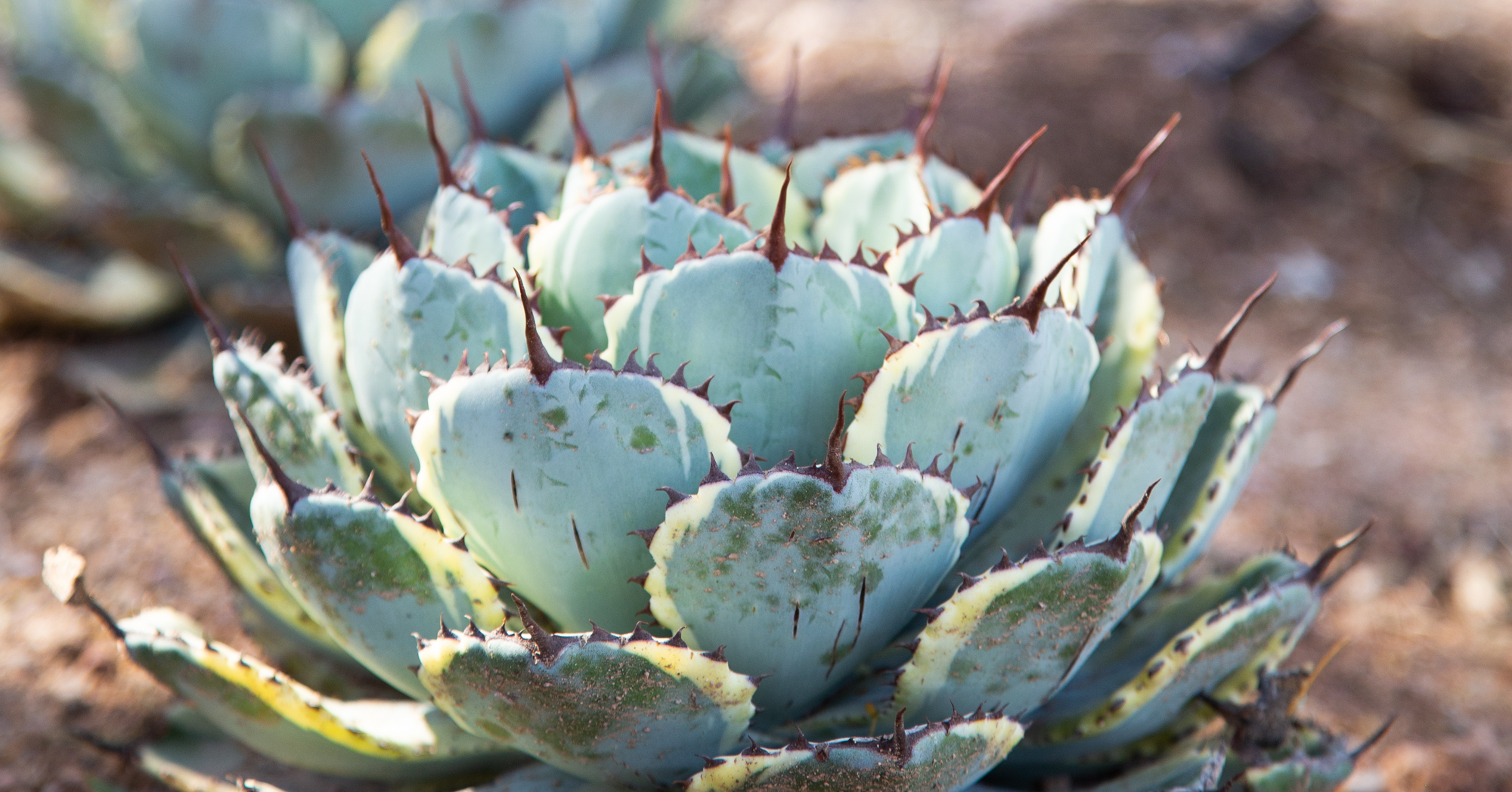
Phoenix, AZ | Zone 9a
While it's not a surprise that succulents grow outside year round in Arizona, not all of them can tolerate the crazy hot summer sun. We've put together a list of some tried and true hot summer succulents that will thrive even in full sun all year long in the desert heat. Agave, like the one pictured above, are a commonly grown succulent, as are a number of cacti.
New Mexico
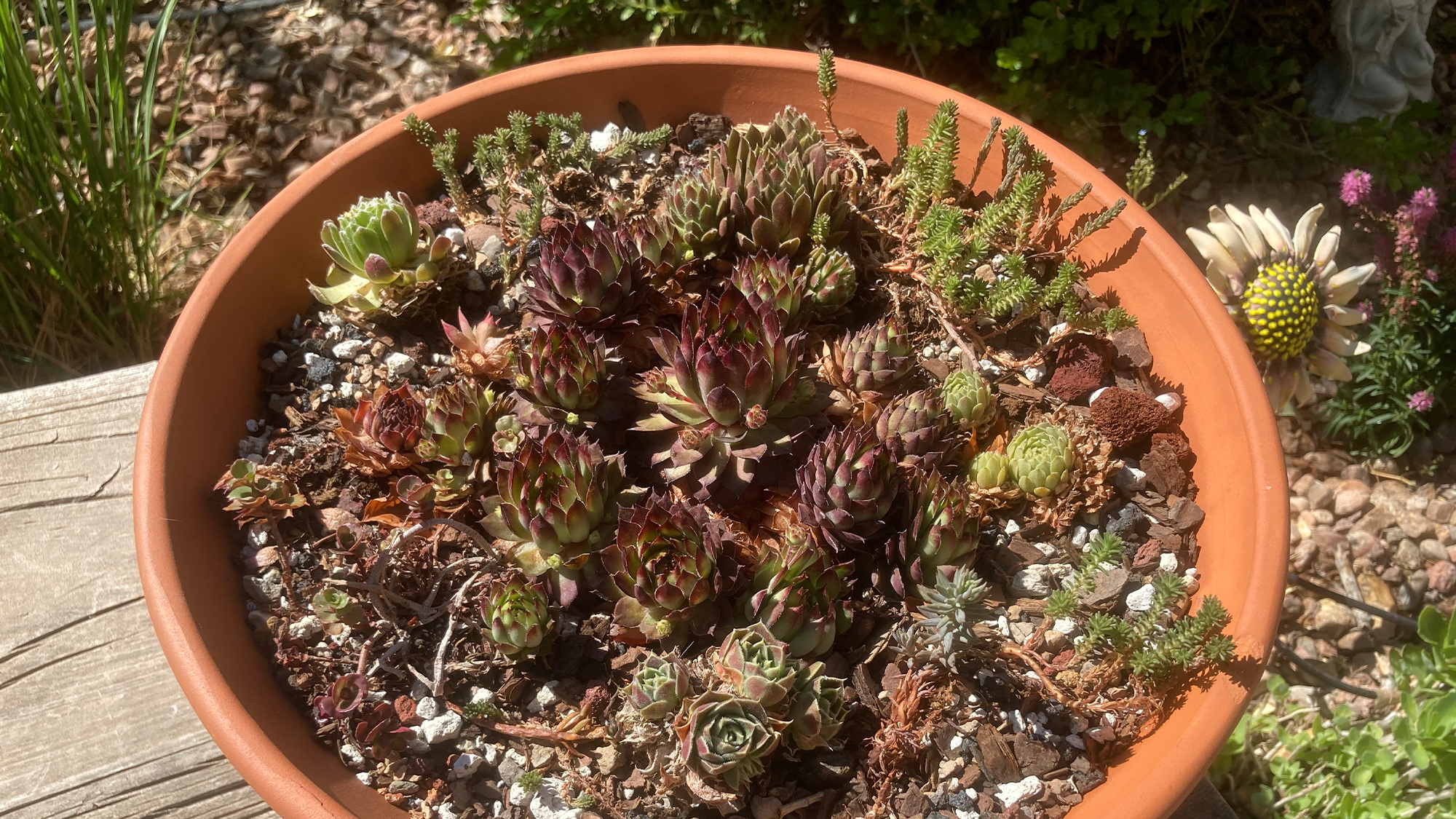
Albuquerque, NB | Zone 7
Another vote for Sempervivum and Sedums! Noëlle B. tells us, "I don’t keep these in full sun as they dry out too fast due to very low humidity here. They are growing well and sending out lots of new babies."
This is a great tip if you have hot temperatures in the summer. Make sure to keep your succulents out of the afternoon sun so you don't end up with sunburned succulents.
Florida
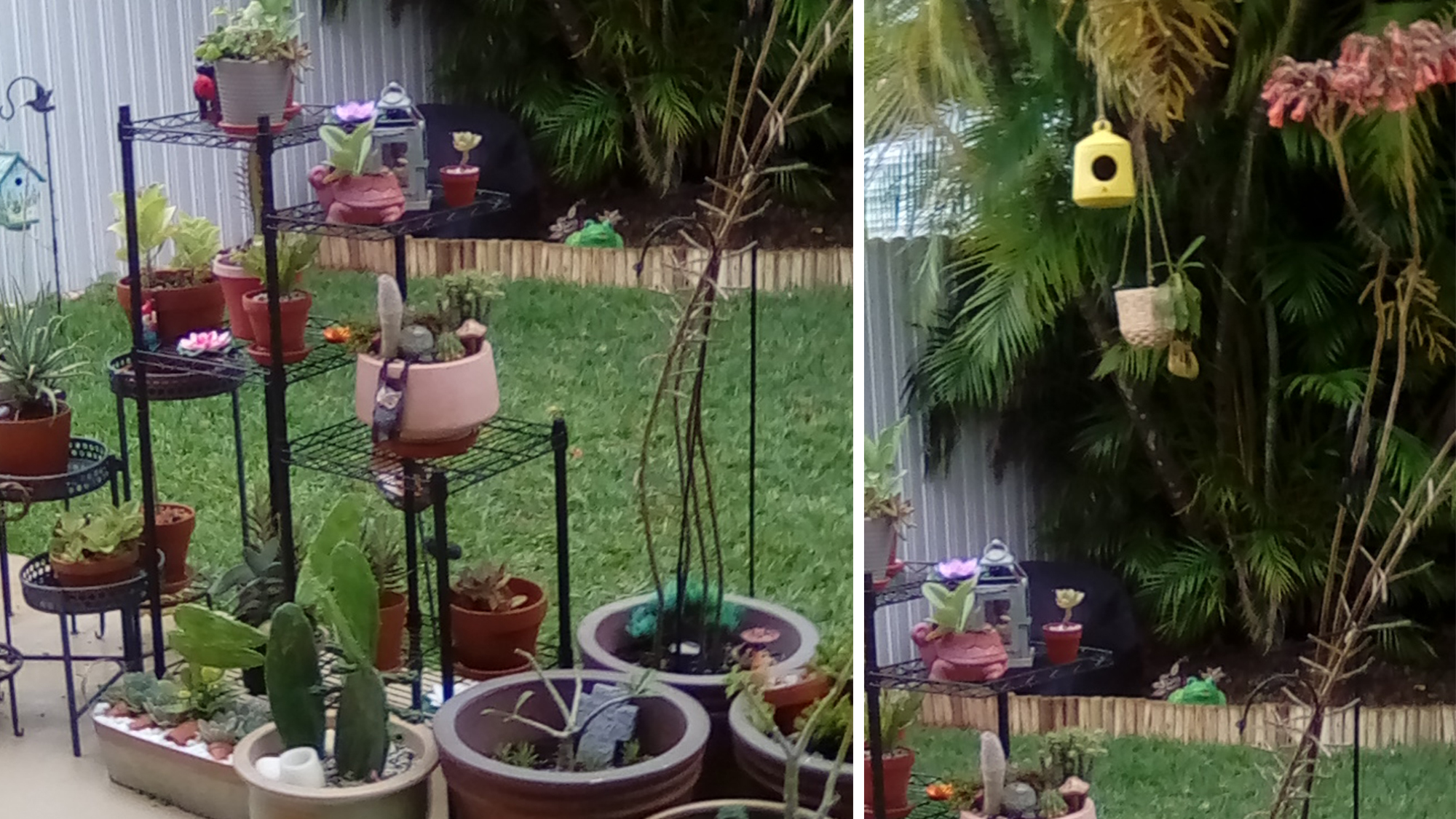
Miami, FL | Zone 10
There's a lot of great options for succulents in Florida. Ileana B. shares, "I successfully grew 4 Mother of Millions to full bloom, seen in photo on right side. They are approx. 6 feet tall! It has propagated scores of baby plants that are currently in different stages. Although the trunks lost all their "leaves" (not sure what they are called) it has been blooming for abt 3 months now."
Missouri

MO | Zone 5
We had a few readers let us know they're growing succulents outside in Missouri. You'll find that these cold hardy Opuntia do well along with the colorful Sempervivum and Sedums. Make sure to plant them in the ground to keep them protected in the cold winter storms. Or, if you have them potted, pull them up close to a building to keep them a bit warmer.
Illinois
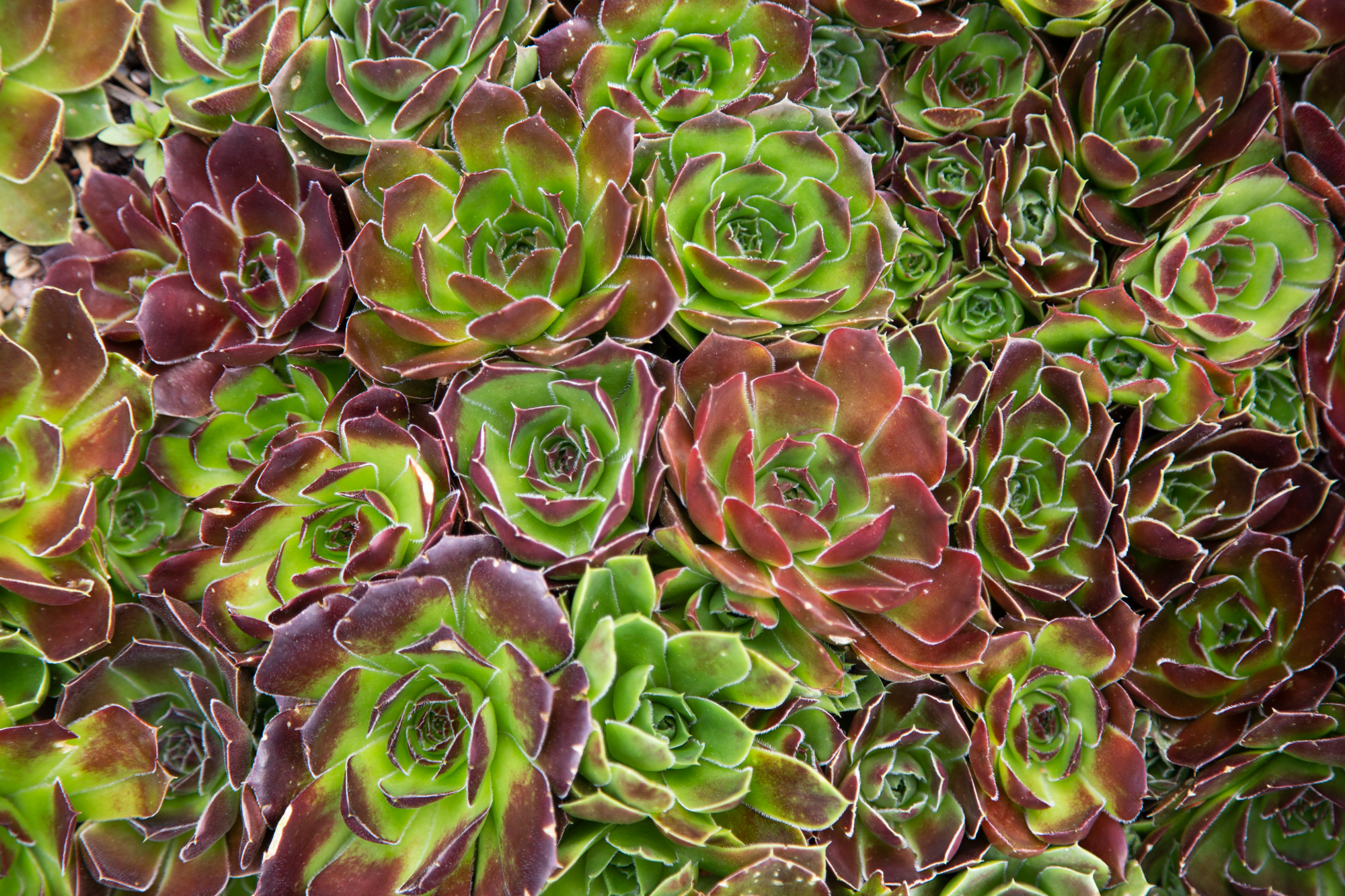
Joliet, IL | Zone 5
Sue S. in Illinois let us know she's having success with both Sempervivum and Sedum outside in her Zone 5 climate. These succulents are tough and can handle lots of snow and a surprising amount of rain. Just make sure you have them planted in an area that won't get water logged so the soil dries out easily.
Kansas
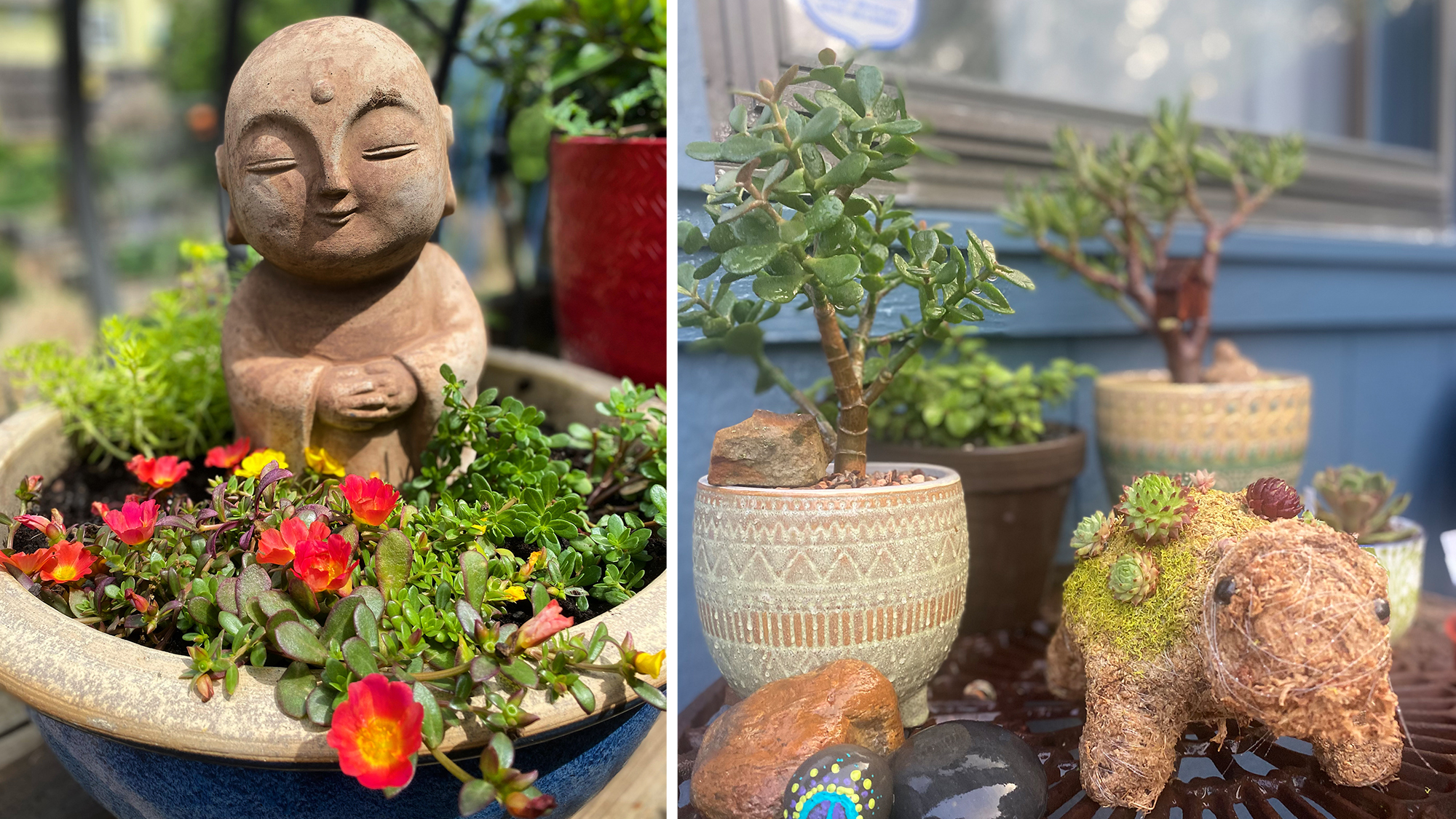
DeSoto, KS | Zone 6
These flowering succulents grown by Michelle Herbert in Kansas are beautiful! Here's her experience: "I have some of my Jade’s, Echeveria and my hen and chicks. We are zone 6. Our weather is hot, cold ext... Very difficult to grow in. I’ll be putting more succulents out on my deck. However I’ve been battling cancer so my indoor house plants and many succulents are keeping me sane. I haven’t gardened in a year and a half. So I’m trying to get out more. If I was well they would all be out for the summer. But a little less this year. Hope you like my plants and Thursten my turtle."
California
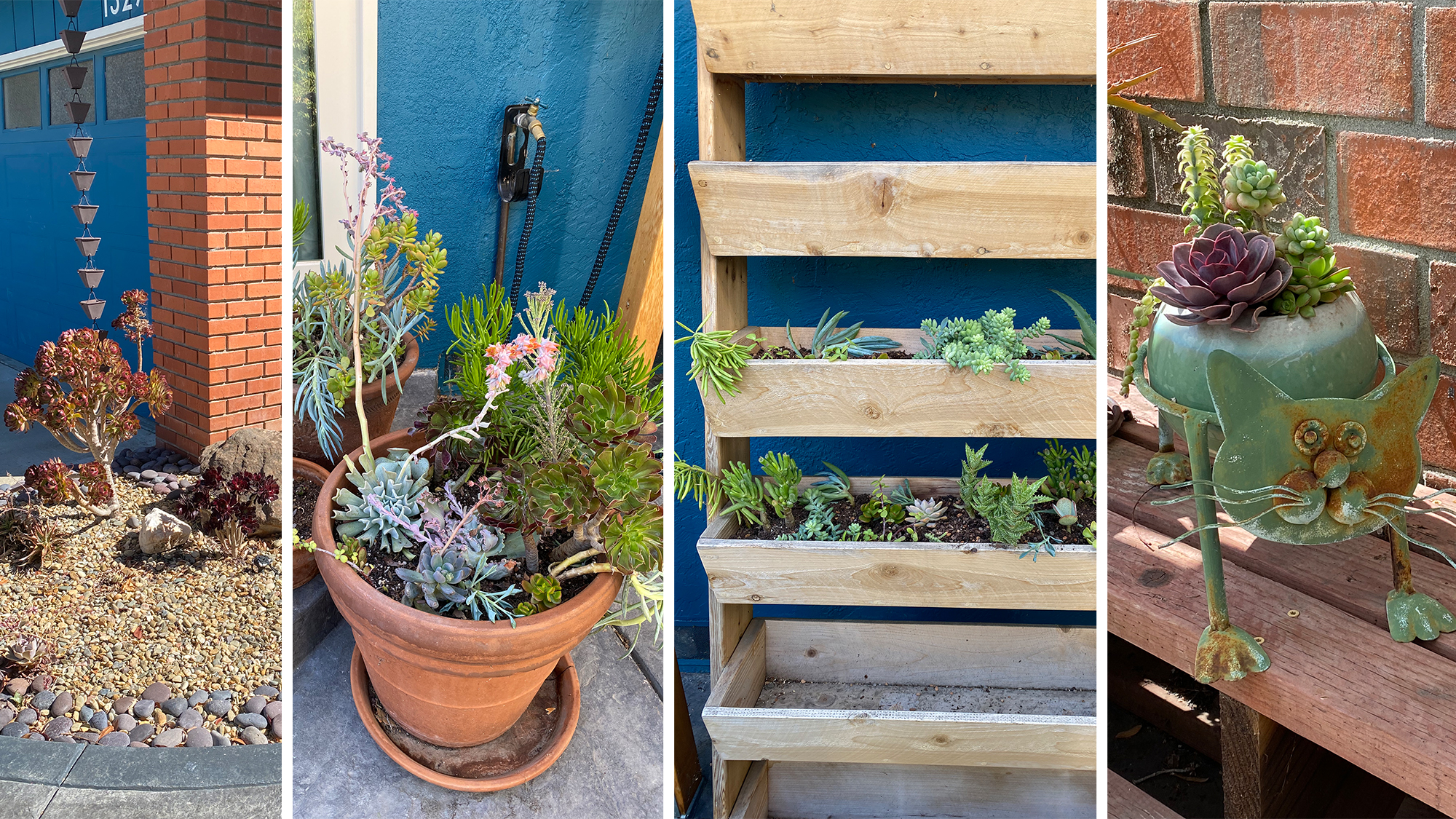
Redding, CA | Zone 9
Most areas of California are hospitable to some of the most colorful and unique succulents. Tami P. lives in Redding and told us: "My biggest successes are Perle Von Nurnberg and, so far, all of my Aeoniums.
"Temperatures here in the summer on average are 105 to 120. We have very little shade so they all live in pots on a covered patio. July through August they only get shade in the early part of the day, sun the rest. Some of the Jade plants do well if they are closer to the house for more sun protection.
"Cacti do fairly well but they, like many others, get sunburned. Spring and fall are the best times for all of my 200+ potted pretties!"
Another reader, living in Livermore, CA shared the beautiful photos you see above from her garden.
7 Worst Mistakes Beginners Make When Growing Succulents
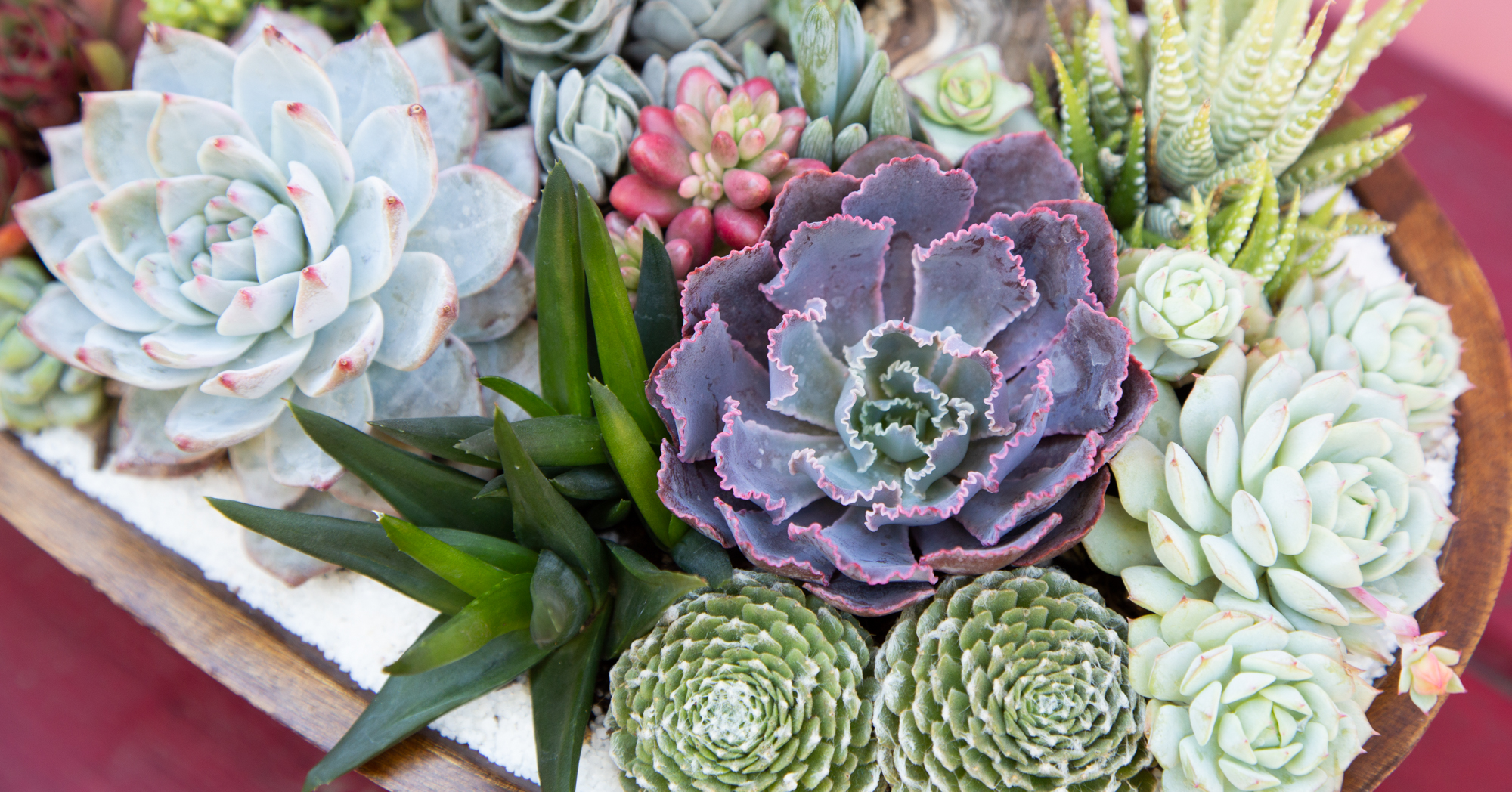
Many people assume that they can take care of succulent plants however they want -- just treat them like normal house plants. The problem is succulents aren't like most other house plants. They have completely different watering needs and often need more sunlight and airflow than other plants. Find out what the most common succulent mistakes are and how to avoid them.
Yes, Your Succulent Is Probably Dying, But Here's What To Do About It
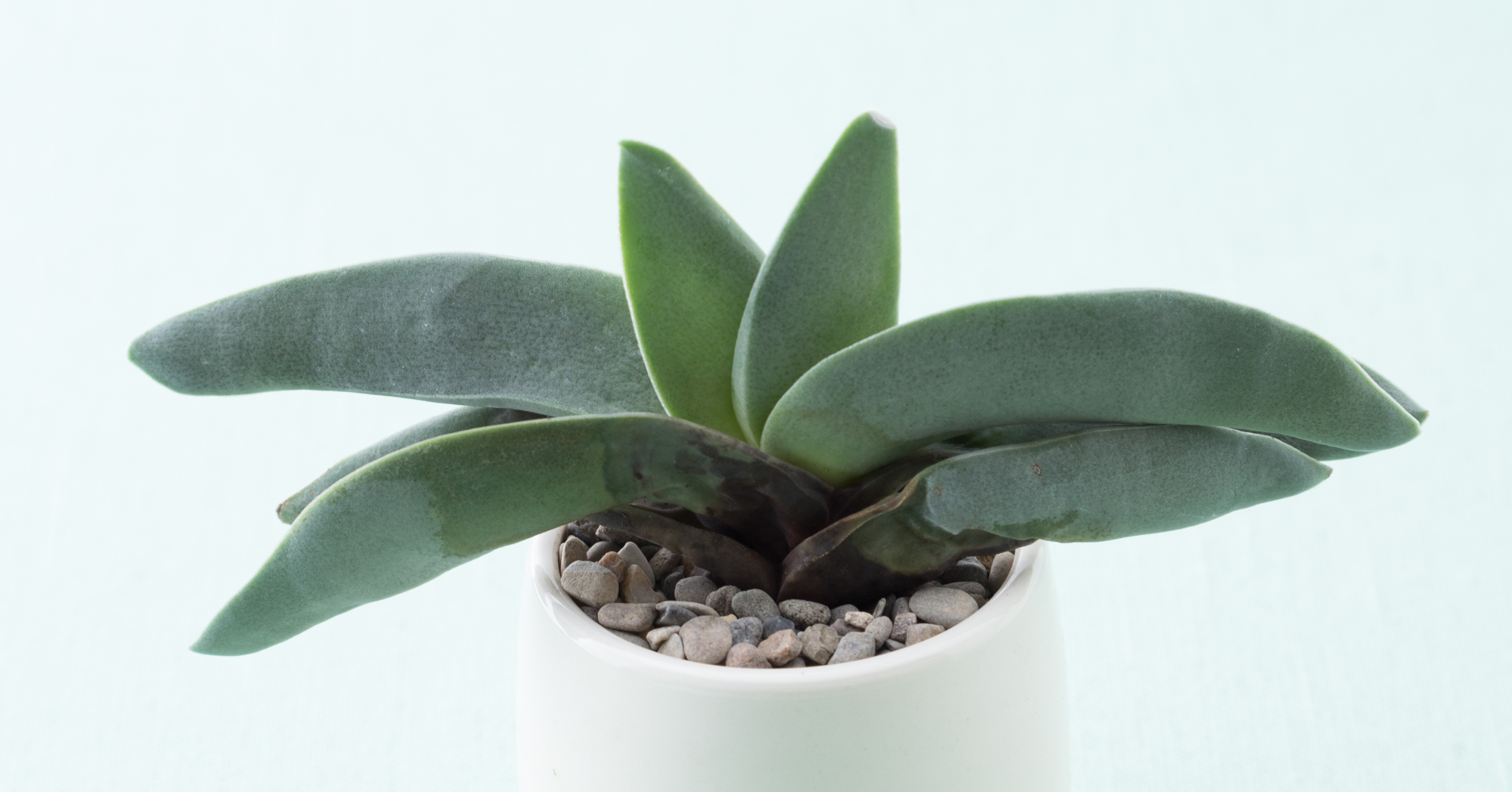
There are a number of reasons your succulent might not be looking great. Find out how to tell what's wrong with your succulent and how you can fix it or prevent it from happening again.
Are you overlooking this critical part of succulent care?
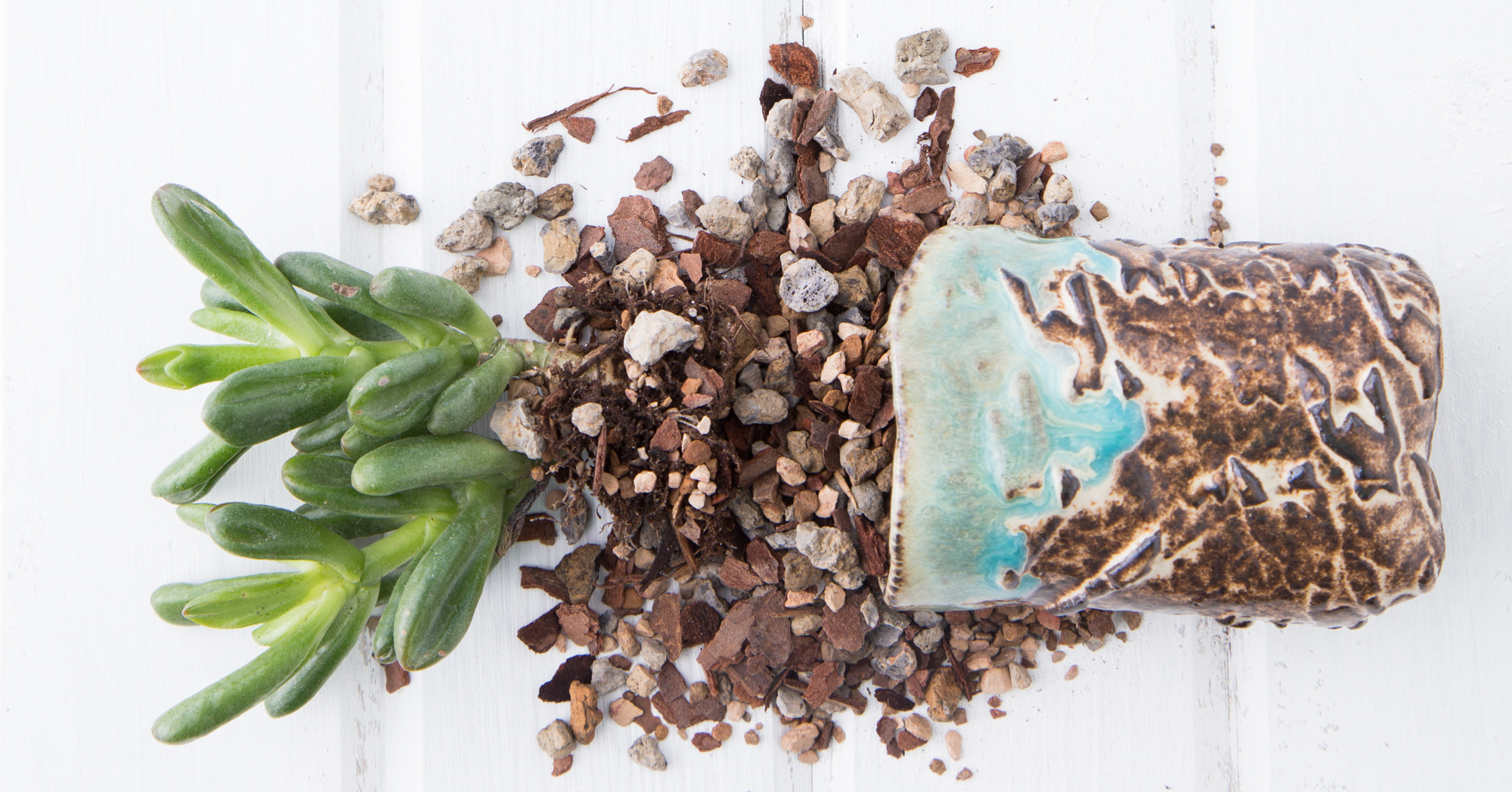
Many people who struggle to grow succulents think they have a watering problem. As it turns out, most of them have a soil problem. Using the proper succulent soil will make caring for these unique plants so much easier. Find out what type of soil is best for succulents and where to find it.
Don't miss these important tips for planting succulents
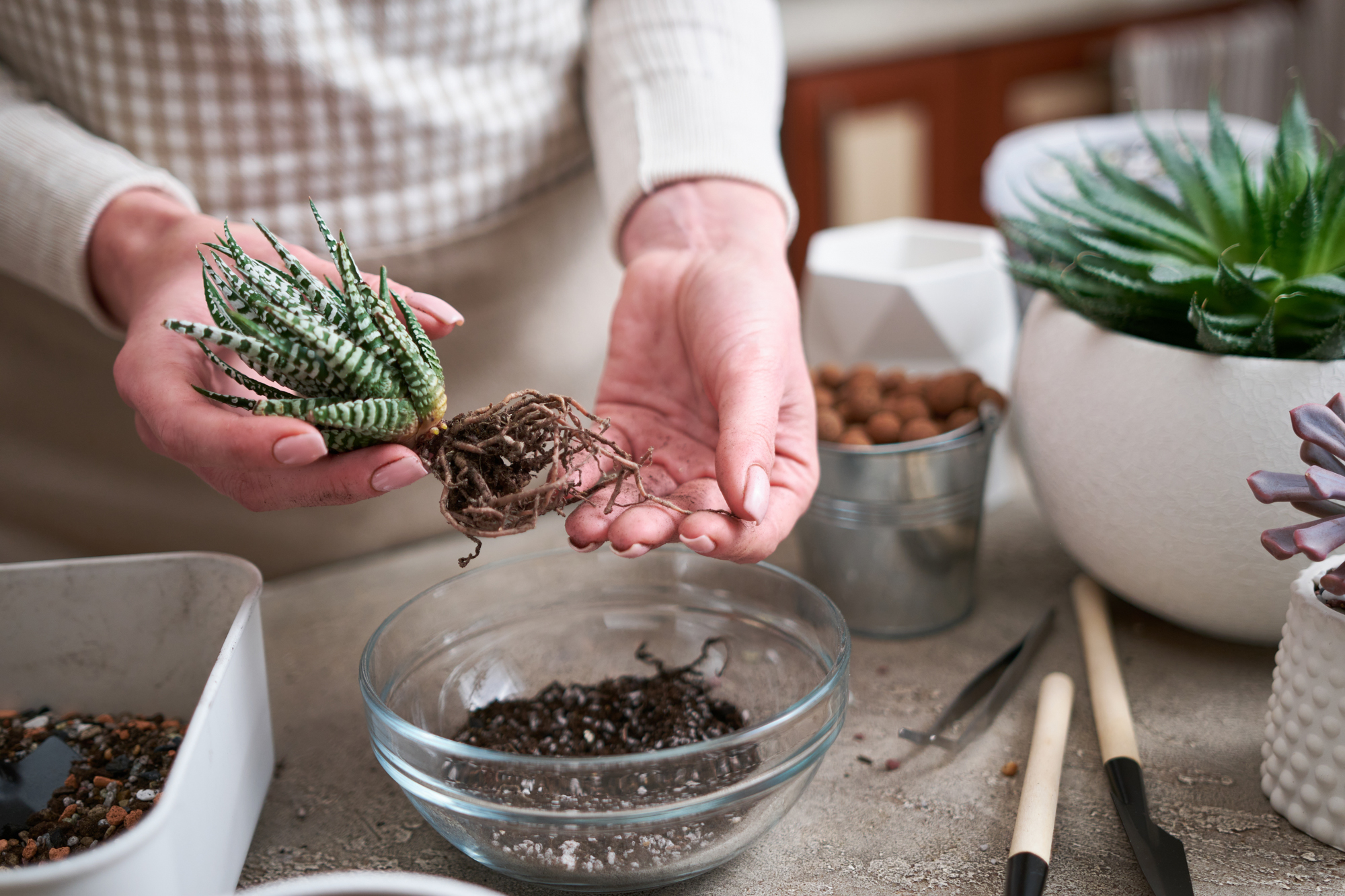
After you purchase a new succulent, it's important that you replant it to ensure it stays alive in your home. Taking a few minutes to learn how to plant succulents will start your succulent-growing journey off on the right foot. You'll want to make sure you have the right supplies, including soil and pottery, to give your succulent (and yourself) the best chance at success.
Save Your Succulents With This Critical Watering Technique And Look Like A Pro
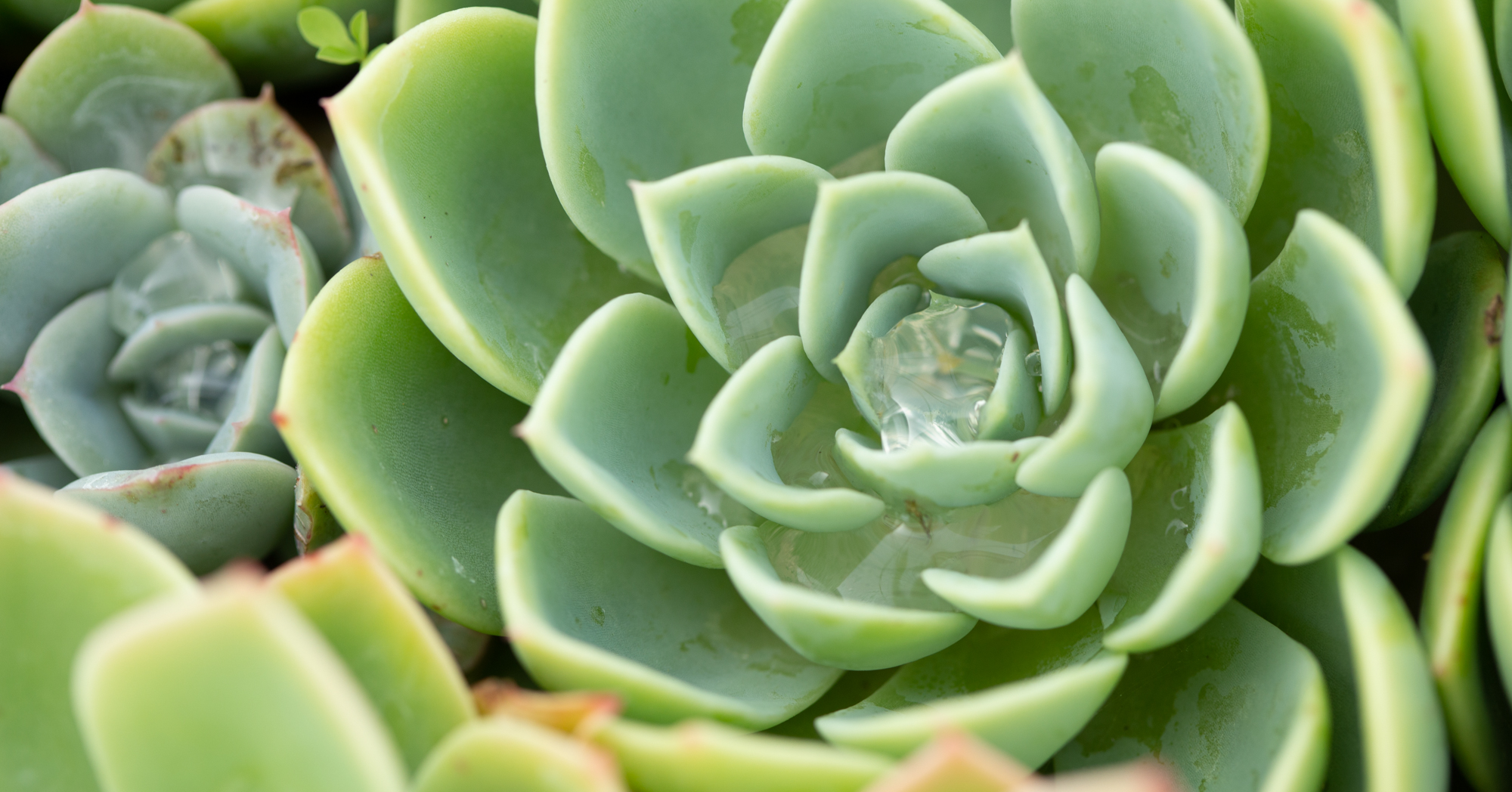
A big part of keeping succulents healthy is providing them with the right environment. You'll want to pay attention to the soil they're in, how much sunlight they're getting, and most importantly, how often you're watering them. The method and frequency of watering succulents are critical to preventing rot while encouraging lots of new growth.
This article originally appeared on Succulents and Sunshine.